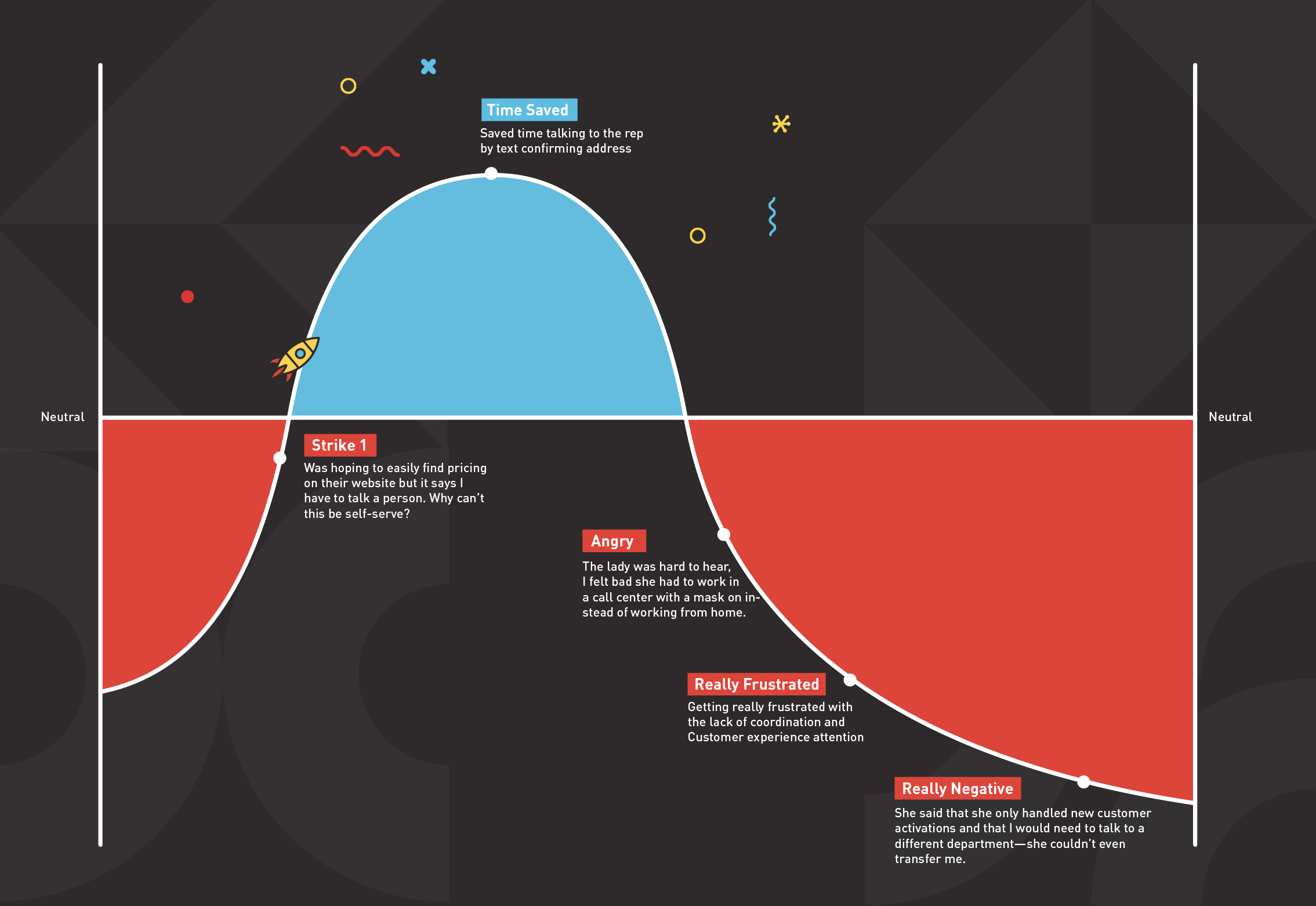
14 October 2020
How a User Journey Map might keep you from losing your next customer
User Journey Maps (UJM) have grown in adoption as a discovery tool for software design and development teams over the last several years. They are often used to complement the functional requirements that are written to describe a software project. A critical distinction of the UJM is that it includes the user’s journey outside of the software experience. What is the user thinking before they use the software? What about in between sessions of using the software? User experience encompasses everything surrounding the software just as much as the software itself. This is especially important to consider when the goal is to acquire a new customer. A new customer, by definition, is NOT a user. This often makes a new customer invisible to a domain expert whose job is to fulfill a customer’s functional needs in the application.
I recently had an experience that illustrated the value user journey maps can provide to a ‘T’. Recently, I was considering switching cell phone providers. Both mine and my wife’s phones were paid off, and we were looking to improve our coverage in remote areas. We didn’t really need new phones, so I was hoping the switch could be pretty easy if we stayed with a GSM carrier.
For the sake of illustrating the user journey, let’s consider this the starting point.
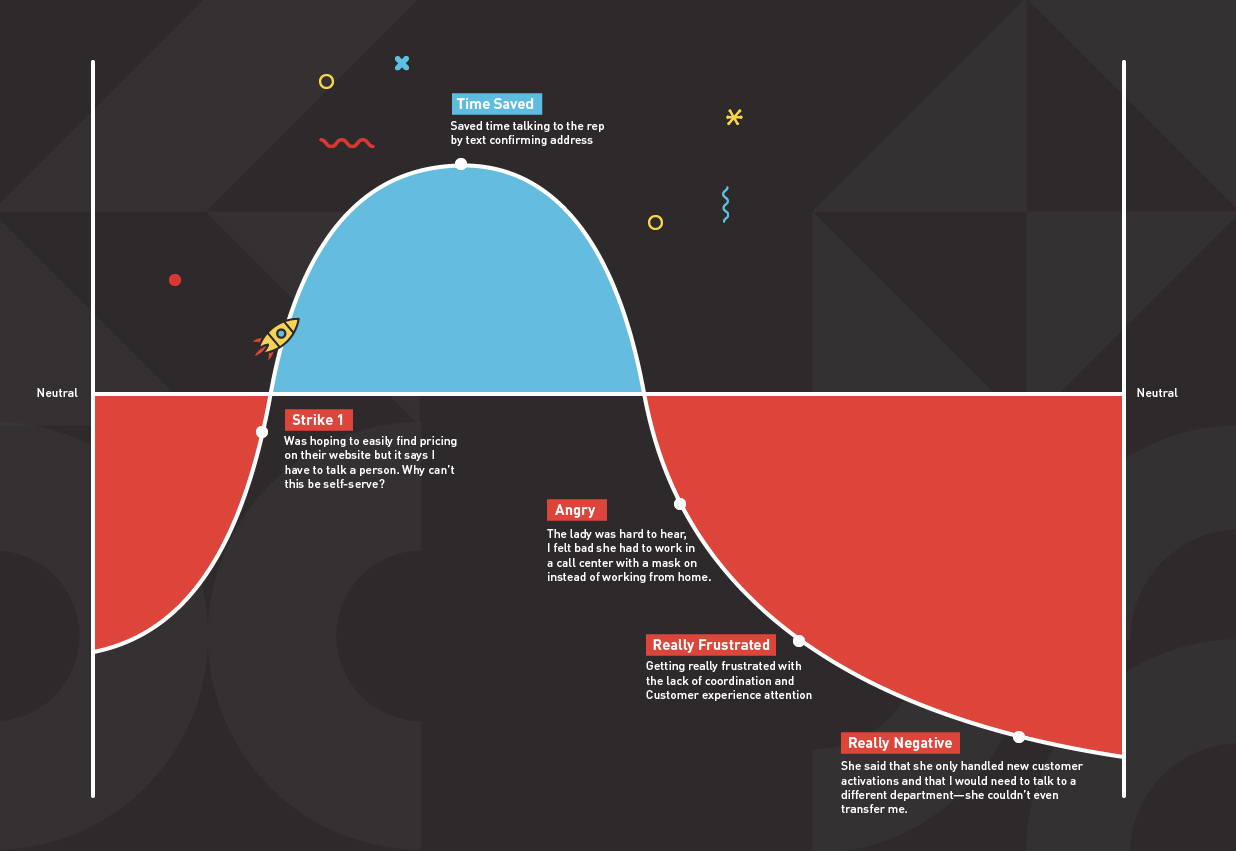
First, I went to the website on my phone, hoping to easily find pricing for unlimited talk + text + data plans. After clicking around for a bit, the website instructed me to call a number to talk with a customer service representative. Really, I need to talk to a person to sign up? Why can’t this be self-serve? This was strike 1.
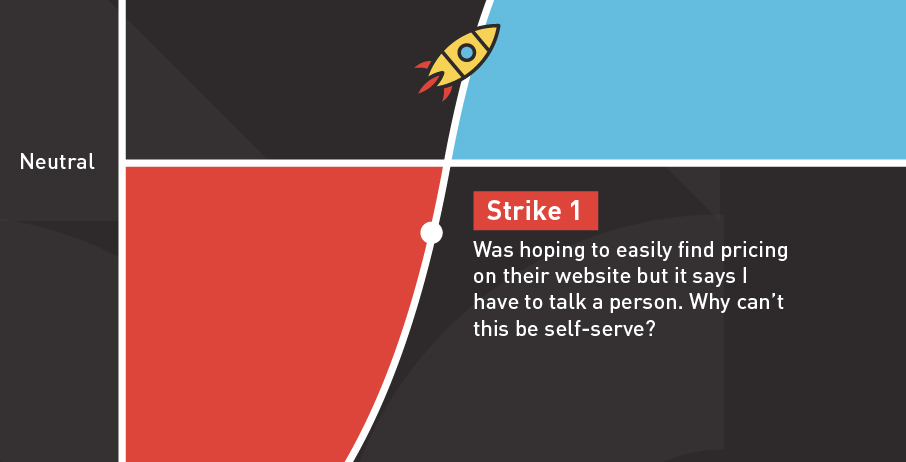
I called the number, and while I was on hold, I got a text asking me to verify my home address. It was still the same (I was a previous customer), so I confirmed the address, thankful that I was able to save time talking to an agent.
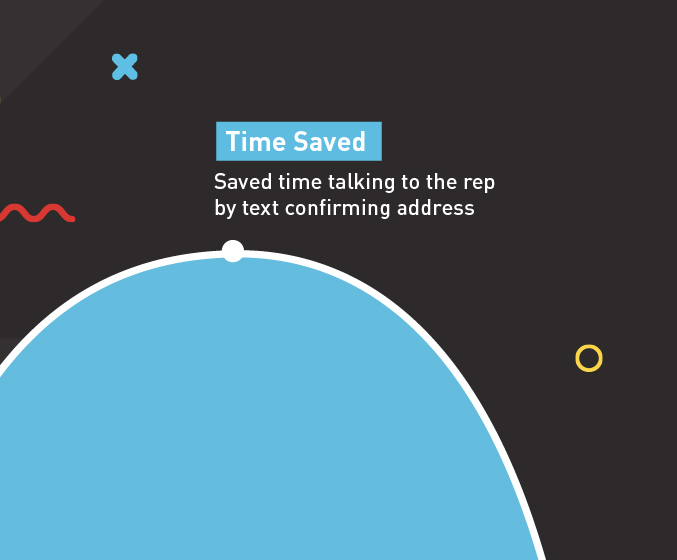
Mercifully, the hold was brief. The agent was friendly, but I did have a difficult time hearing her speak. She was obviously in a call center, which I thought was a little strange given we are in the middle of a pandemic. I told her it was difficult to hear her, and she apologized because she was wearing a mask while in the office. I really couldn’t believe that this poor woman had to work in a call center with a mask on. Couldn’t she do this job from home somehow?
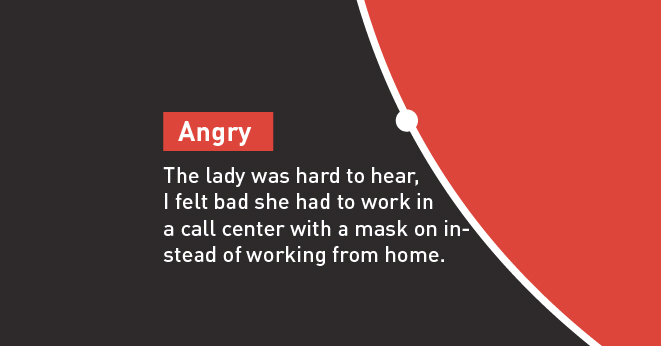
After a couple of questions about what I’m looking to do, the CSR then asked for my home address. Just a couple minutes earlier, I confirmed via text that the address on my file was correct. I asked her why she didn’t have that, and she replied “oh, that only goes to the customer support team”. What?? How did this make any sense?
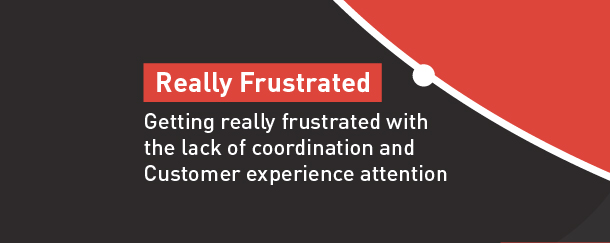
After I provided my address the CSR asked what kind of devices I was hoping to purchase. I clarified that we already had devices and that I was looking to move them over to the new service. She said that she only handled new customer activations and that I would need to talk to a different department in order to transfer new devices onto the service. She provided the number for me to call—she couldn’t even transfer me. After all of these frustrating experiences, I now had to overcome the barrier of calling another number to see if they could possibly provide a good price. As you might imagine, I never called the number.
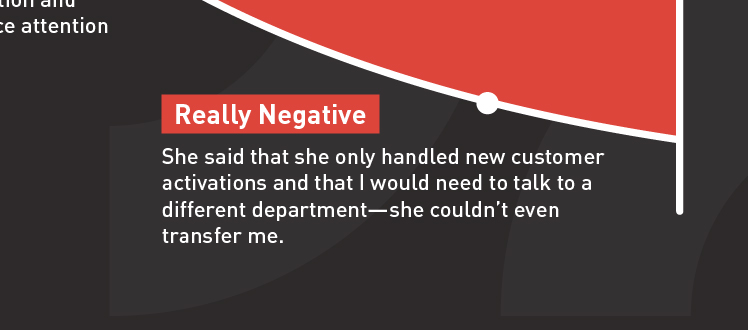
Looking at the full user journey I experienced, it should be obvious to anyone what could have been done to keep so many negative experiences from occurring in such a short period of time. So why did the company allow this to happen? Unfortunately, this happens quite frequently.
Companies support their operations through a number of different departments and management structures. Each of these departments may be run logically and efficiently according to their internal view of their respective responsibilities. But, integration across these departments to support seamless customer experiences often suffers because there may not be an obvious cross-cutting customer experience layer that is able to drive needed change in a particular department. For example, both the customer support team and the sales team requested my address. From their internal points of view, they both needed the information, and apparently, the technology didn’t allow this information to be shared between them easily. If someone had been paying attention to the user’s journey, and they had the authority, they could have solved this problem and potentially gained a new customer.


